Glaucoma is an elevation in eye pressure caused by reduced eye fluid drainage, which commonly occurs in pets. Some pets are born with changes in their eye anatomy that predispose them to develop glaucoma later in life—a condition known as primary glaucoma. Others develop the condition secondary to another serious eye disease, and then treatment strategies and long-term goals differ. The Envision More Veterinary Ophthalmology team wants pet owners to understand the difference and what to expect if their pet develops this condition.
What is secondary glaucoma in pets?
Glaucoma is characterized by high intraocular pressure, which leads to retina and optic nerve damage and, ultimately, blindness. Primary glaucoma is an inherited and often breed-related disease, but secondary glaucoma is more common and can occur in any dog or cat. The eye produces nourishing fluid that drains out through tiny holes in the iridocorneal angle, where the iris and cornea come together. Secondary glaucoma occurs when the drainage angle is blocked by inflammatory debris or a physical obstruction caused by another eye or systemic disease process.
What causes secondary glaucoma in pets?
Secondary glaucoma always occurs as a consequence of another eye condition. Common causes include:
- Uveitis — This condition describes inflammation inside the front eye portion. Uveitis is often caused by an overactive immune system, cancer, or an underlying infection, such as tick-borne disease, toxoplasmosis, or blastomycosis, and cataracts and cataract surgery. Inflammatory debris can clog the drainage angle or cause tissues to stick together, leading to glaucoma.
- Lens luxation — The eye’s lens is held in place behind the pupil by zonules. These structures can degenerate over time, and the lens will fall out of place. Glaucoma often results if the lens falls forward into the front eye chamber, because the lens takes up space and physically blocks fluid drainage.
- Tumors — A tumor inside the eye can compress the drainage angles or lead to uveitis, and then glaucoma.
How is secondary glaucoma diagnosed in pets?
A veterinary ophthalmologist can diagnose pet glaucoma and differentiate between primary and secondary causes. Tests performed during the examination may include:
- Slit lamp and fundic examinations — These examination techniques help the ophthalmologist see inside the front and back eye portions to identify uveitis and other ocular abnormalities.
- Tonometry — A tonometry test, which is similar to the “air puff” test used for people, measures intraocular pressures.
- Gonioscopy — A unique lens placed on the eye bends light, which allows the ophthalmologist to view the iridocorneal angle, and helps determine whether glaucoma is primary or secondary and whether the opposite eye is also at risk.
- Blood tests—Blood work is helpful in identifying or ruling out uveitis causes.
How is secondary glaucoma treated in pets?
Primary glaucoma is progressive and cannot be cured. Secondary glaucoma has a better or worse prognosis, depending on the underlying cause. If glaucoma is detected and the underlying disease treated early, the problem may be permanently reversed. Pressure-reducing and anti-inflammatory eye drops are effective therapy mainstays in the short term, but if the eye is already too damaged, or the underlying problem is incurable, glaucoma may progress despite treatments, and result in blindness.
Surgical treatments for primary glaucoma, including stent placement to increase drainage or laser ablation to kill fluid-producing cells, are ineffective for secondary glaucoma because they do not address the underlying glaucoma cause.
Do all pets with secondary glaucoma eventually go blind?
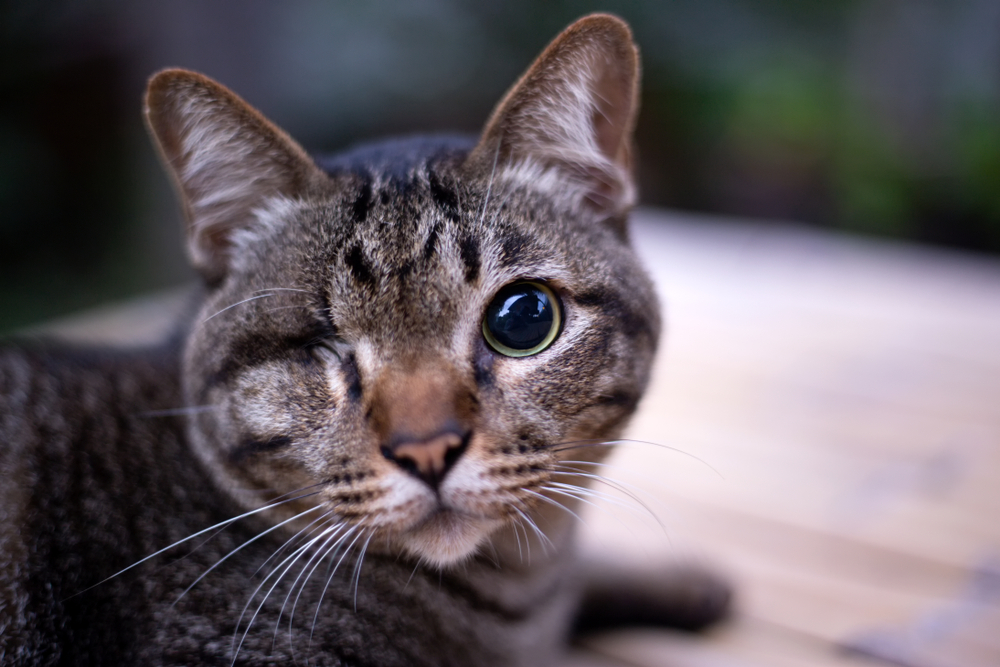
Some pets with secondary glaucoma will permanently lose vision, but the good news is that only one eye is usually affected. Because blindness from glaucoma cannot be reversed and high pressures are painful, the treatment of choice is eye removal. Most one-eyed pets live normal lives and feel better when their pain source is removed.
Uncommonly, pets may lose vision in both eyes from secondary glaucoma. As long as their pain is well-controlled, blind pets can have a good quality of life after a short adjustment period and a few household changes. Talk to our team if you have concerns about your blind pet.
The Envision More Veterinary Ophthalmology team are experts in diagnosing and treating eye conditions in dogs and cats. Our advanced equipment helps us differentiate primary from secondary glaucoma and quickly find and treat the underlying cause. Contact us to schedule your pet’s initial eye examination or for more information about glaucoma pet treatment options.

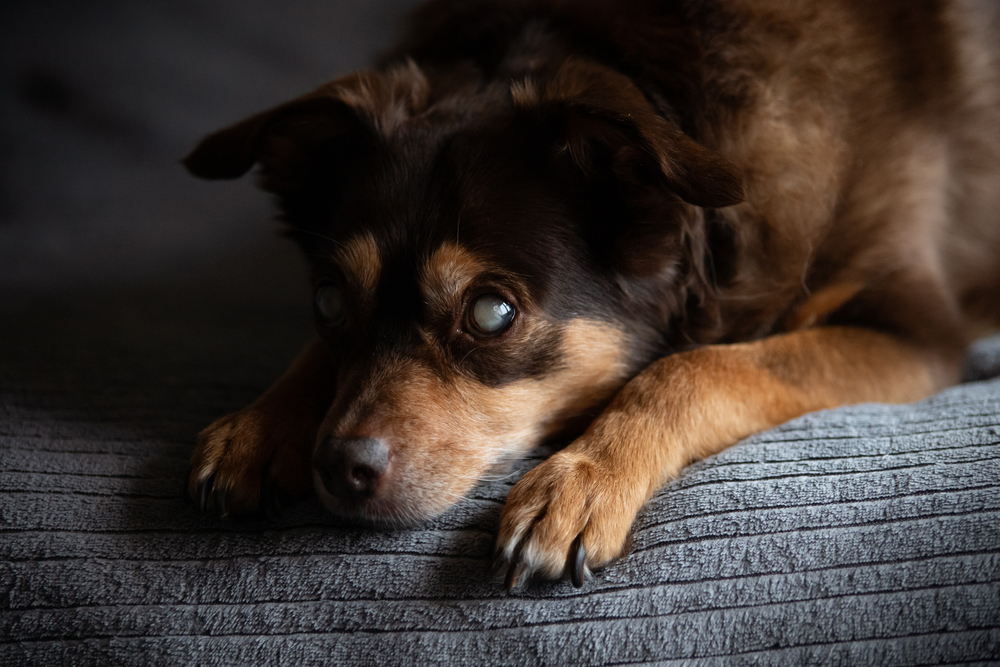
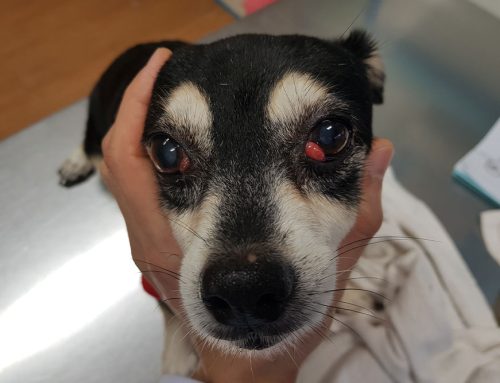
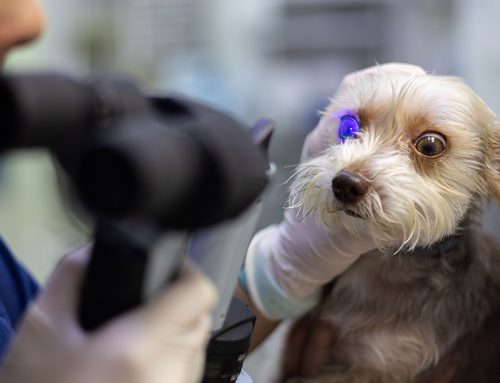
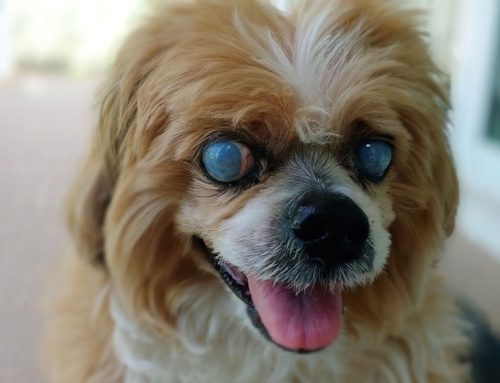


Leave A Comment